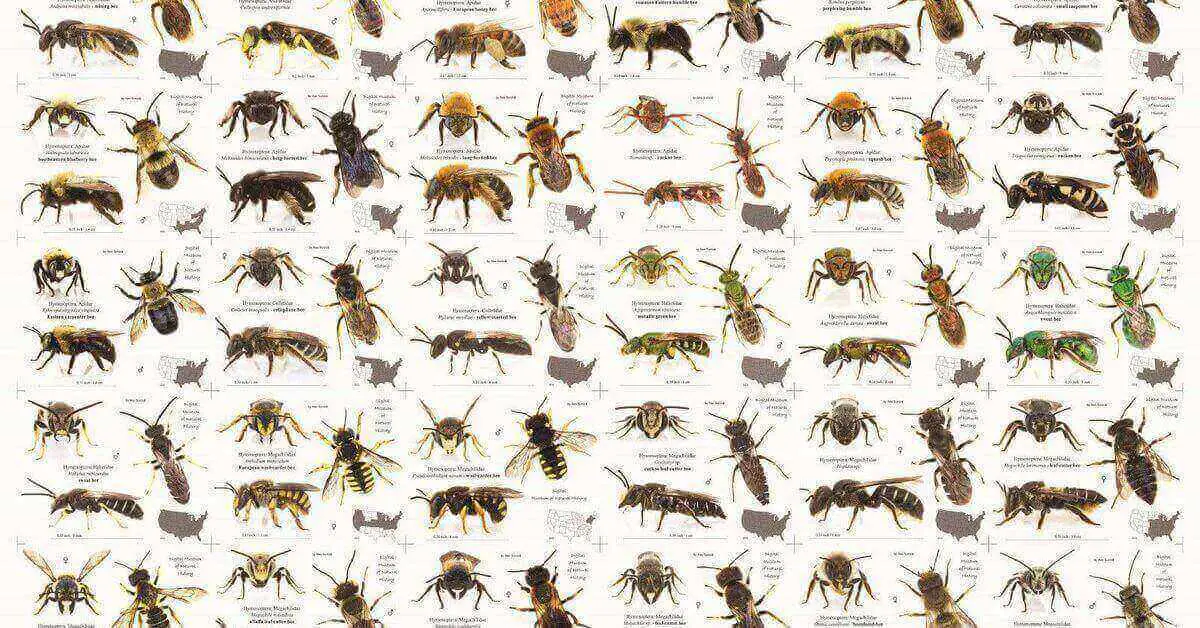Bee bearding is a captivating phenomenon that occurs when large clusters of bees gather at the entrance of a beehive, resembling a living, moving beard. This captivating spectacle often raises questions among beekeepers and enthusiasts, prompting them to explore the reasons behind this behavior and its significance for the hive. In this blog, we will delve into the intricacies of bee bearding, examining its causes, potential implications, and how beekeepers can respond to this phenomenon to ensure the well-being of their colonies.
What is Bee Bearding?
Bee bearding is a unique occurrence observed in honeybee colonies, particularly during peak population seasons. It involves bees clustering together outside the hive, forming a dense and somewhat hanging structure that looks like a “beard.” This behavior is most commonly noticed during warm weather, but it can also occur in cooler temperatures.
Reasons Behind Bee Bearding
There are several reasons why bees beard
Temperature Regulation
Bearding primarily serves as a thermoregulation mechanism for the hive. When a hive becomes overcrowded, bees tend to move to the outside to reduce the internal temperature and maintain an ideal climate for the colony. This clustering helps in dissipating excess heat and avoiding overheating inside the hive during hot weather.
Ventilation and Air Circulation
Bearding facilitates better air circulation within the hive. By positioning themselves outside, the bees increase airflow and enhance ventilation, ensuring that fresh air reaches the inner chambers of the hive.
Hive Congestion
A congested hive, caused by an increase in the bee population or limited space, can trigger bearding. The outer clustering helps to create more space inside, allowing the bees to maneuver and perform various tasks efficiently.
Nest Odor Regulation
Bees release pheromones to communicate with each other. Bearding assists in controlling the distribution of these pheromones within the hive, thus maintaining harmony and organization among the colony members.
Bee Bearding at Night or in Cool Weather
Although bee bearding is more common during warmer periods, it can also occur at night or in cooler weather under specific circumstances. If the hive’s interior is too warm or lacks proper ventilation, bees may move outside even during the nighttime to avoid heat stress. Additionally, bees could beard in cool weather if the hive’s internal temperature drops significantly, and they seek to conserve warmth.
Bees bearding in the rain
Yes, bees do engage in a behavior called “bearding” even during rainy conditions. When a bee colony becomes overcrowded or the temperature inside the hive rises, some worker bees gather near the hive entrance, forming a cluster that resembles a beard. This process occurs in an active response to regulate the hive’s internal temperature and maintain optimal conditions for the brood and the queen.
Related Post:
Potential Concerns with Bee Bearding
While bearding is generally a natural response by bees to manage their hive’s environment, it could also indicate underlying issues that need attention:
Swarming Tendency
Bearding may precede swarming, where a portion of the colony, including the queen, leaves the hive to establish a new colony. Beekeepers should closely monitor the hive during these periods to prevent unwanted swarming.
Queen less nest
A hive that lacks a queen or has a failing queen might exhibit increased bearding as a sign of discontent and confusion within the colony.
Managing Bee Bearding
Beekeepers can take certain measures to address bearding and ensure the health of their colonies:
Hive Inspection
Regular inspections allow beekeepers to monitor the hive’s condition, including the presence of a queen and sufficient space. This can help prevent overcrowding and reduce bearding tendencies.
Providing Adequate Ventilation
Ensuring proper hive ventilation is crucial. Installing screened bottom boards, providing top ventilation, or using ventilation shims can help maintain optimal hive conditions and minimize bearding.
Expanding Hive Space
If the hive is running out of space, adding supers or extra frames will provide more room for the bees, reducing the likelihood of bearding.
Conclusion
Bee bearding is a fascinating aspect of honeybee behavior that showcases their adaptability and social organization. Understanding the reasons behind bearding can help beekeepers better manage their colonies and maintain healthy, thriving hives. By paying attention to the hive’s population, ventilation, and space requirements, beekeepers can create an ideal environment for their bees, ensuring their well-being and productivity. Ultimately, respecting and safeguarding these industrious pollinators is vital for the sustainability of our ecosystems and food sources.




